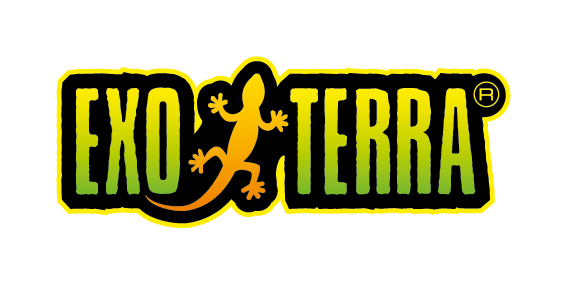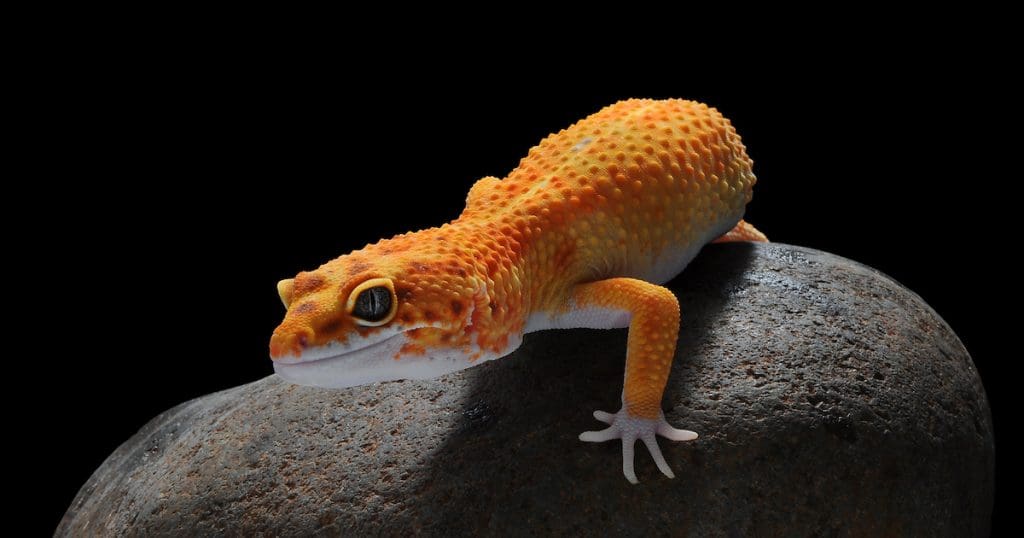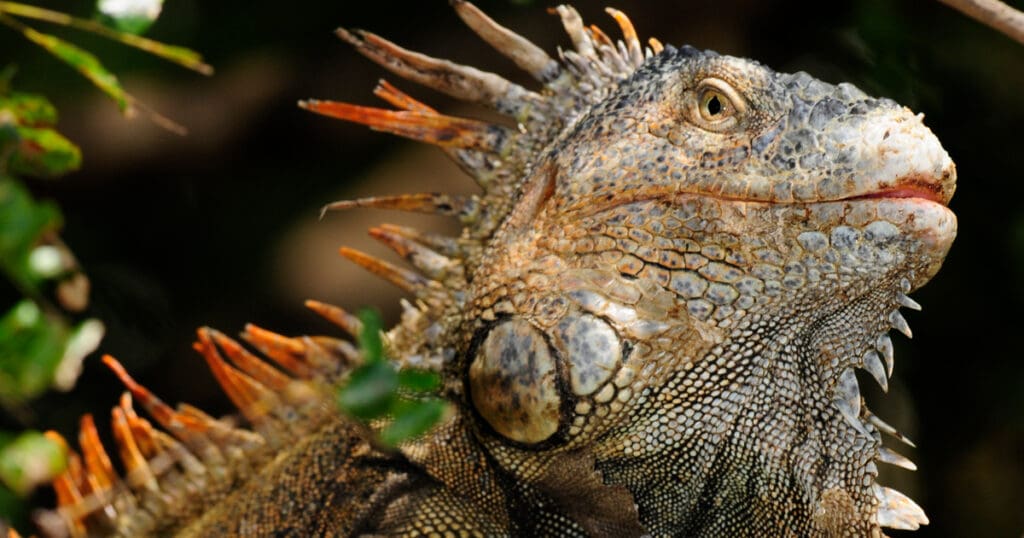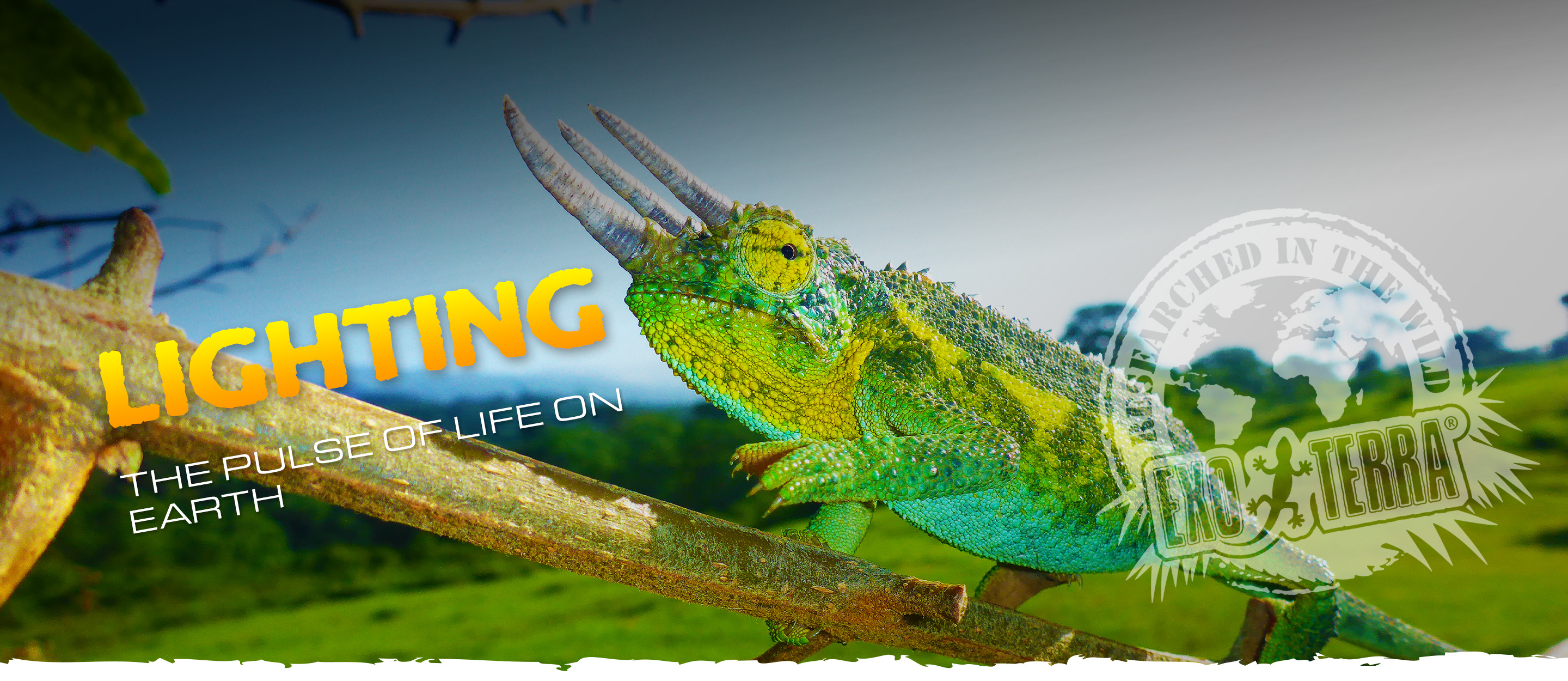
A Beacon of Life
Emmanuel Van Heygen
The Sun is the Earth’s light source, providing visible light, heat, and the essential energy for biological activities. The sun’s energy is indispensable, as it fuels all life forms on our planet. In its absence, the Earth would rapidly dissipate its energy, leading to the extinction of all life forms.
Reptiles and amphibians offer a unique glimpse into the complexities of nature. As our understanding of them deepens, there’s a growing realization in the world of herpetoculture to cater to their needs truly, we must look to their natural habitats. We find the blueprint for their well-being in dense forests, arid deserts, and rugged landscapes. This approach isn’t just about mimicking their environment; it’s about capturing the essence of their wild existence, about ‘Make Your Reptiles Feel at Home‘.
The comprehensive spectrum of natural sunlight, encompassing ultraviolet to infrared, is not just a contextual backdrop but is integral to their existence. Administering the appropriate spectrum and light intensity, including UV-B and nearinfrared (IR-A), is not a dispensable luxury but a prerequisite. It catalyzes their well being, facilitates vitamin D3 synthesis – essential for calcium absorption – and promotes holistic organ function, vitality, and immune response. Moreover, the proper lighting awakens their world in color, enhancing their visual experience. Within herpetoculture, certain misconceptions have occasionally clouded our understanding. Many amphibians, including frogs, yield tangible benefits from exposure to UV-B radiation. Although their solar interaction might not be as conspicuous as in some reptiles, they unequivocally harness UV-B radiation for diverse physiological functions.
Species previously classified as ‘nocturnal’ were often deprived of indispensable full-spectrum UV-B illumination. After nuanced observations, it has become clear that species such as the leopard and crested gecko exhibit crepuscular behavior, becoming active in the subdued luminosity of dawn and dusk. Solar energy pierces through even within the dimly lit habitats of reptiles and amphibians, establishing pockets of ultraviolet zones. How daylight infiltrates rock crevices or illuminates the forest floor demonstrates the evolutionary adaptations of these animals in harnessing this energy. Their behaviors, ranging from selective basking to sheltering, reveal sophisticated tactics refined over millennia. These behaviors are not rudimentary routines but elaborate biological responses activating essential physiological processes.
Species previously classified as ‘nocturnal’ were often deprived of indispensable full-spectrum UV-B illumination. After nuanced observations, it has become clear that species such as the leopard and crested gecko exhibit crepuscular behavior, becoming active in the subdued luminosity of dawn and dusk. Solar energy pierces through even within the dimly lit habitats of reptiles and amphibians, establishing pockets of ultraviolet zones. How daylight infiltrates rock crevices or illuminates the forest floor demonstrates the evolutionary adaptations of these animals in harnessing this energy. Their behaviors, ranging from selective basking to sheltering, reveal sophisticated tactics refined over millennia. These behaviors are not rudimentary routines but elaborate biological responses activating essential physiological processes.
Radiation spectrum


CRYPTOPHOTIC ZONE
(FERGUSON ZONE 1)
Reptiles and amphibians of the Cryptophotic Zone have adapted predominantly to the crepuscular periods of the diurnal cycle. Their behavior and physiological adaptations are tuned to the subdued luminosity of dawn and dusk. Conversely, species termed ‘Shade Dwellers’ exhibit an inherent aversion to direct solar exposure, selecting niches within forest understories, or secluding rocky habitats. These distinct adaptive strategies underscore the profound versatility within evolutionary biology. In periods of diminished ambient activity, crepuscular species exhibit heightened activity, while ‘shade dwellers’ persist in environments with minimized direct solar irradiance. Whether opting for concealed exposure or deliberately positioning themselves to receive solar radiation, these creatures necessitate Ultraviolet for their physiological well-being.


MESOPHOTIC ZONE
(FERGUSON ZONE 2)
In the Mesophotic Zone, reptiles demonstrate adaptive behaviors characterized by intermittent basking, alternately utilizing light and shade for optimal exposure. Their thermoregulatory strategies are not defined by constant sun-seeking but by selective basking to maintain optimal body temperatures and appropriate UV-B levels. This behavior facilitates efficient temperature and UV-B regulation, allowing for adequate heat and UV-B absorption while minimizing the risk of overheating and overexposure. The habitats of these reptiles typically comprise a diverse array of illuminated and shaded microenvironments, granting them the versatility to adjust their thermal and UV-B exposure through basking or seeking shelter based on their metabolic requirements.


EUPHOTIC ZONE
(FERGUSON ZONE 3)
Reptiles adapted to the Euphotic Zone demonstrate remarkable behavioral plasticity in response to varying solar intensities. These organisms have evolved specific thermoregulatory behaviors to harness solar radiation efficiently. Whether manifested as a lizard exhibiting extended postural adjustments on an illuminated substrate or a serpent selectively positioned within illuminated sections of the understory, these reptiles display adeptness at assessing optimal photic conditions. Their facultative movement between direct sunlight and penumbral regions ensures effective thermoregulation and enhances their cryptic strategies against potential predators.


HELIOPHOTIC ZONE
(FERGUSON ZONE 4)
Reptiles occupying the Heliophotic Zone exhibit pronounced heliotropic adaptations, positioning them as the zenith of solar-oriented reptilian species. Evolutionarily calibrated to endure peak solar radiation, these organisms have developed physiological mechanisms for rapid heat absorption and retention, facilitating their activity during periods when many sympatric species demonstrate photic avoidance. Their integumentary patterns and structures, often mirroring their arid or luminous habitats, confer both cryptic advantages and protective measures against excessive irradiance. For this clade, peak solar intensity is less of an environmental challenge and more of an ecological niche to which they are adeptly suited.


The UV Index Zones signify the upper limits of exposure, serving as essential guidelines for configuring terrariums. Establishing gradients within the terrarium is imperative, ensuring that these maximum UV Index values are exclusively designated for basking spots. These readings must not surpass the stipulated values within any potential dwelling or basking area inside the terrarium, safeguarding the inhabitants’ wellbeing. Offering a variety of exposure levels within reach of the housed animals is vital, but under no circumstances should higher values be accessible to them. This cautious arrangement is crucial for maintaining a balanced and safe environment. It allows the animals to regulate their exposure according to their needs, promoting healthier and more natural behaviors within the controlled habitat.
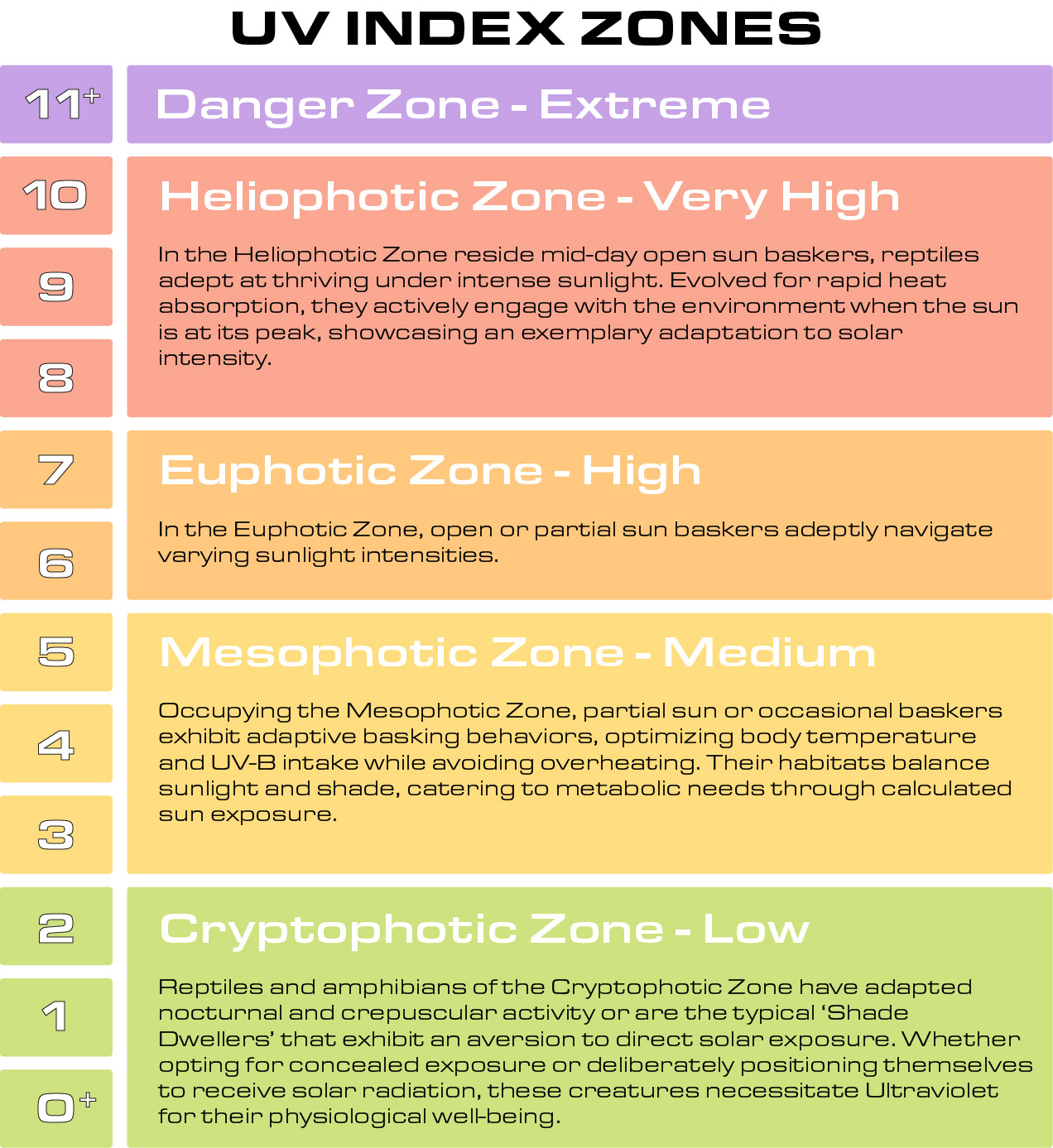

In our quest for responsible herpetoculture, we’re not just providing for reptiles & amphibians; we’re reconnecting them to the wild environment from which they originated. It’s a journey of respect, understanding, and profound admiration for these incredible beings.
Emmanuel Van Heygen


Basking and threatening Chlamydosaurus kingii or Frilled Lizard, Kakadu, Australia
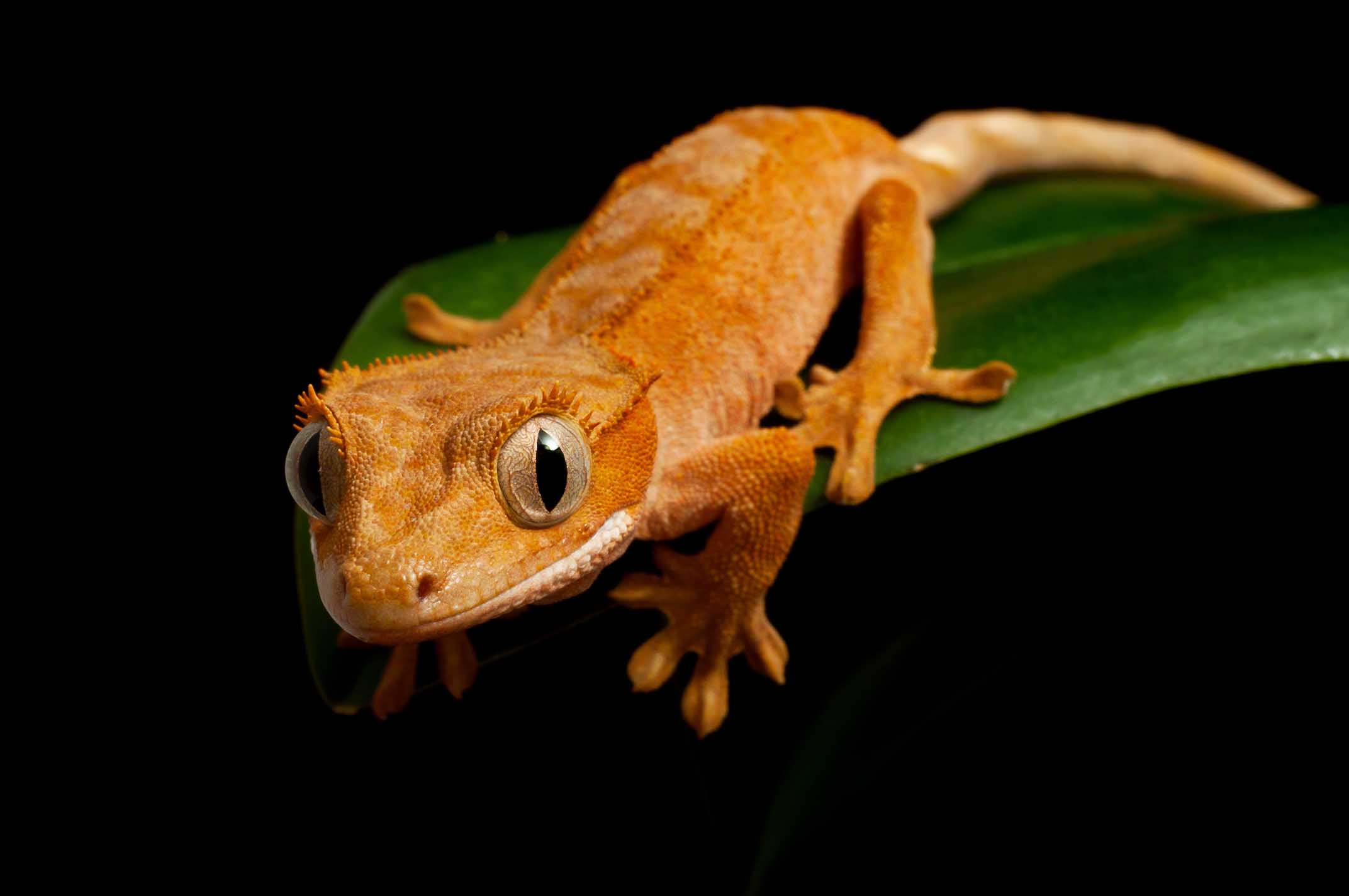

Coprrelophus ciliatus is often exposed to direct sun rays
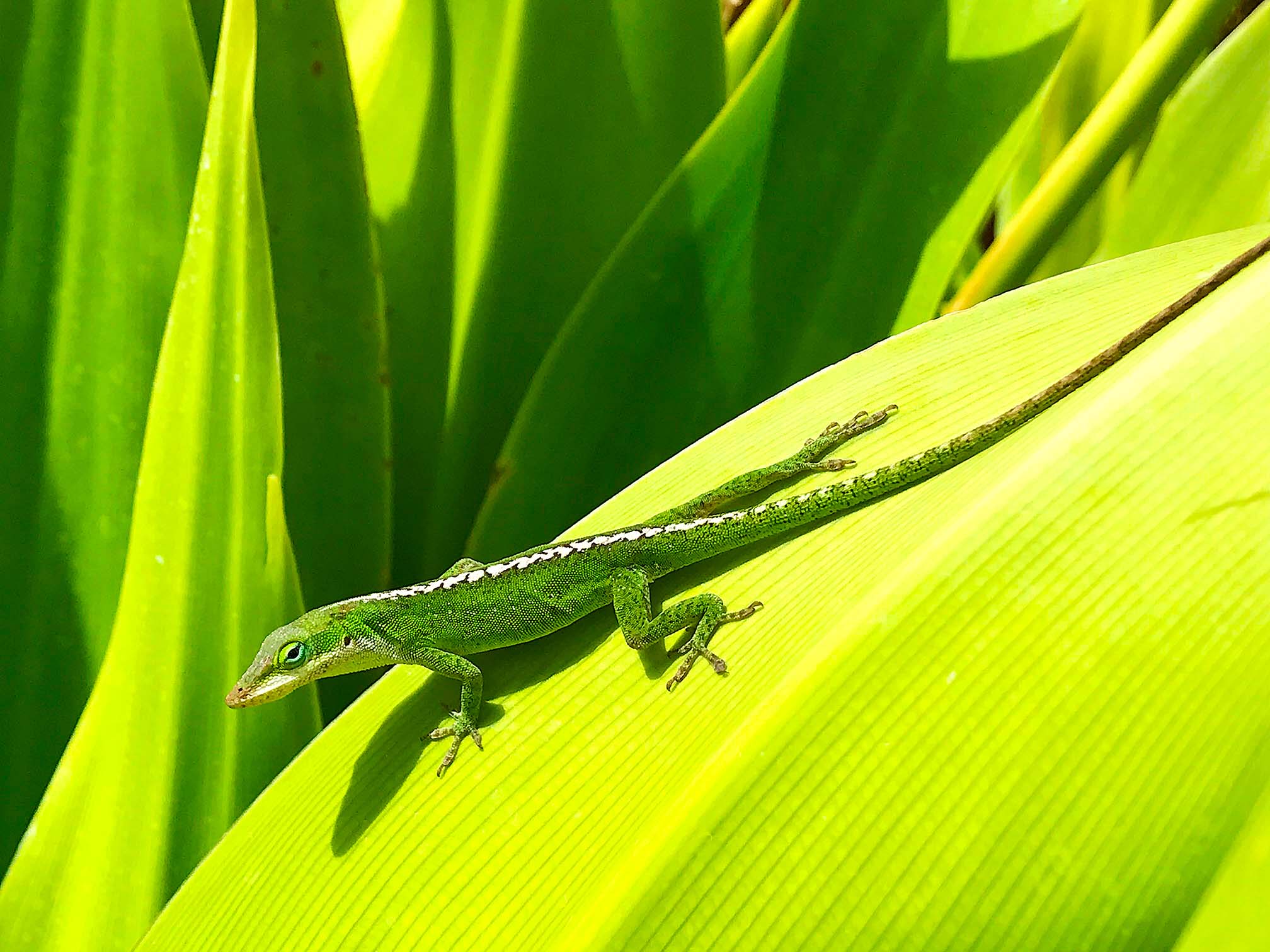

Anolis carolinensis or Green Anole basking on Kaua'I Island, Hawaii
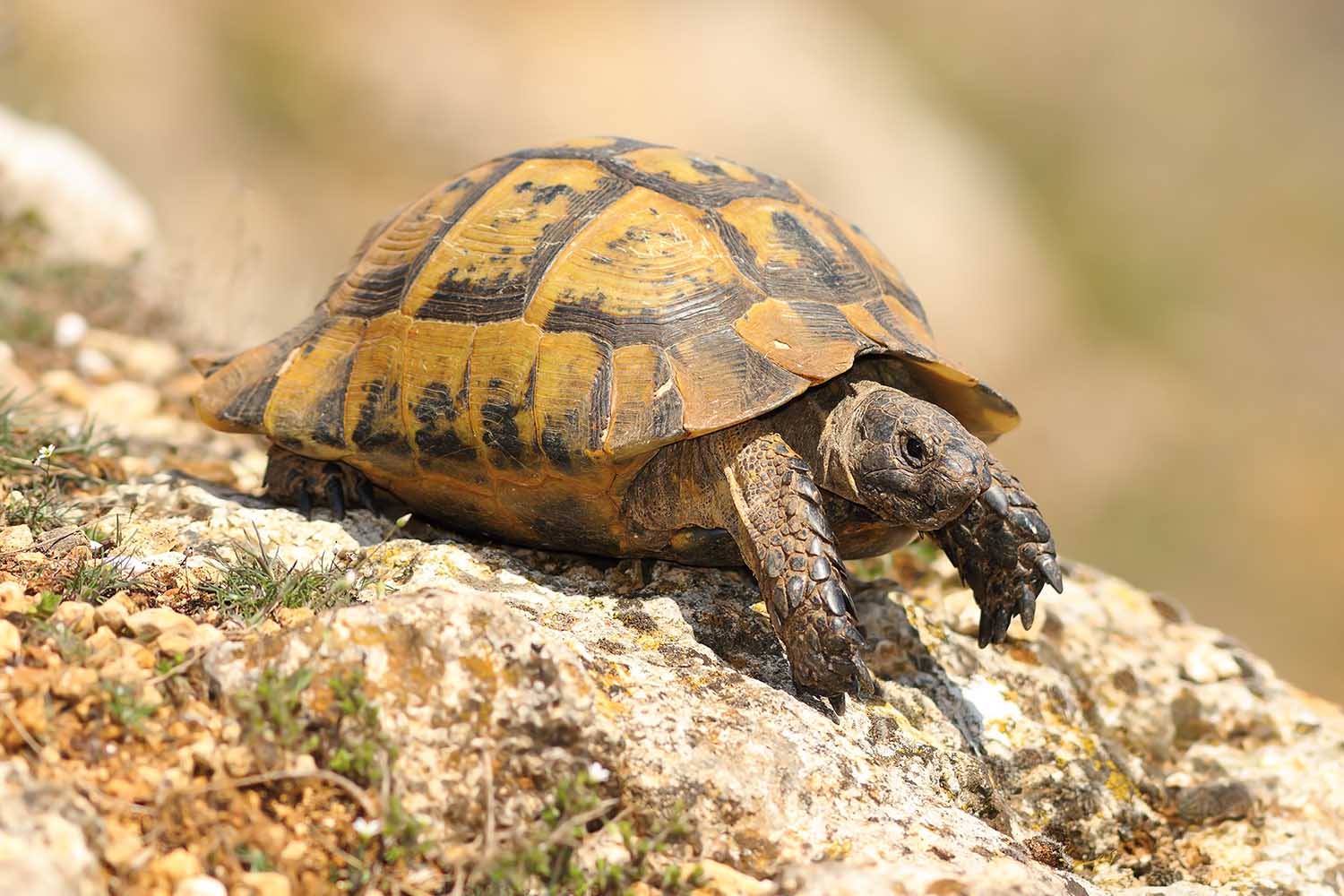

The Spur-thighed Tortoise, Testudo graeca basking foraging in full sunlight, Romania
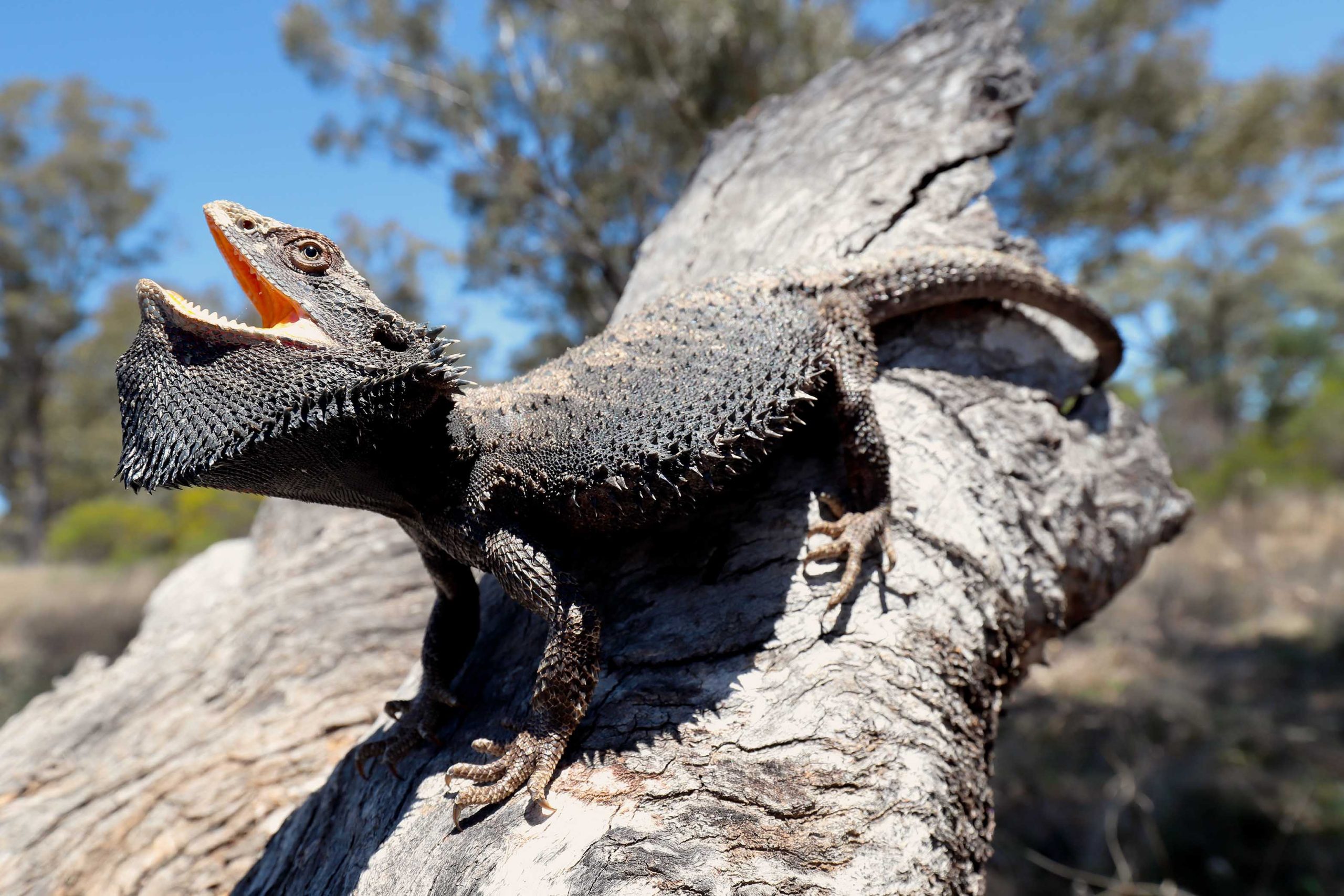

Pogona barbata, The Eastern Bearded Dragon basking in direct sunlight
Lighting Topics
The Myth of Nocturnal Creatures and UVB Light
The belief that nocturnal animals don't require UVB exposure has been a long-standing one in the world of reptile and amphibian care. The argument, "It’s nocturnal—it doesn’t need UVB," has been a staple for many enthusiasts and breeders. However, recent scientific studies have begun to challenge this age-old notion, shedding light on the importance of UVB for all creatures, regardless of their diurnal patterns.
Understanding Ferguson Zones
The Ferguson Zones were developed in 2010 by Professor Gary Ferguson of the Texas Christian University. Ferguson and his team of herpetologists gathered data of the daily UV exposure of 15 species of reptiles. In the publication that followed, these 15 species were divided into four groups according to their thermoregulatory behaviour (daily sun exposure) and microhabitat preferences: the "Ferguson Zones". The corresponding UV guidelines were based on the average irradiance of randomly encountered wild specimens: Zone 1 with the least, to Zone 4 with the highest exposure.
Vitamin D3 and Reptiles: A Vital Connection
Vitamin D3 plays a vital role in the health and well-being of reptiles, much like it does in other animals. This hormone is integral to mineral metabolism and bone development in reptiles. One of its most significant roles is to enhance calcium absorption from the intestines. Without sufficient vitamin D3, reptiles couldn’t absorb dietary calcium efficiently, which is crucial for their skeletal health and overall well-being.
What is Light?
Sunlight arrives at the top of the earth's atmosphere at a power level of about one kilowatt per square meter. It is by this energy that all life-processes on earth are ultimately driven. Without the sun's constant energy input our planet would quickly radiate away its own energy in short order, making all life extinct.
What is UV-B?
UV-B stands for Ultraviolet B radiation, which is a type of ultraviolet radiation present in sunlight. Ultraviolet or UV light is a high energy portion of the electromagnetic spectrum, just beyond visible light. The UV-spectrum is divided into three wavelength groups.
Stay up on all things exo terra.
"*" indicates required fields
